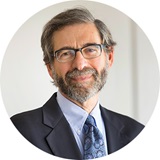How Geography Helps Explain Poverty in Philadelphia
There are a number of ways to look at Philadelphia’s 25.7 percent poverty rate, the highest among the nation’s 10 largest cities. You can examine it, for instance, by age, gender, race, and ethnicity.
Alternately, you can study the geography of poverty, which helps explain why the city’s rate is as high as it is.
More so than in many other parts of the country, the Philadelphia region’s poor are concentrated within the city limits. The city is home to only 26 percent of the area’s residents but 51 percent of its poor. The gap between those two numbers, 25 percentage points, is a lot higher than the gap in metropolitan New York, Chicago, Atlanta, and Miami, to mention a few. While the suburbanization of poverty has been much-discussed nationally, and there are pockets of poverty in the counties surrounding Philadelphia, the phenomenon has happened less in this region than in others: The city’s poverty rate is high, but the metropolitan region’s rate is a relatively low 12.9 percent.
In researching The Pew Charitable Trusts’ new report, Philadelphia’s Poor: Who They Are, Where They Live, and How That Has Changed, we tried to figure out why poverty is more concentrated in the core cities of some regions, including the Philadelphia metropolitan area, than in others. In conversations with experts, three elements emerged as possible explanations.
One is transportation. Philadelphia has a far more extensive public transit network in the city than in the suburbs, and the cost of car ownership in this region is among the highest in the nation, due in part to the high cost of car insurance.
Another is housing. In metropolitan Philadelphia, unlike some other regions, the least expensive homes are found in the city. And a relatively high 28 percent of residents of poor households in Philadelphia own their homes, giving those people a reason to stay put.
Finally, studies have shown that land use in the Philadelphia suburbs is highly regulated, as compared with other regions, and that these regulations tend to impede the development of affordable housing.
A look at the city’s census tracts underlines the degree to which poverty has become a defining characteristic of large parts of Philadelphia.
In 1970, the city had 99 census tracts (out of 372 citywide) with poverty rates of at least 20 percent, 15 of which had rates of at least 40 percent. Those tracts were largely confined to areas of North, West, and Southwest Philadelphia. As of 2015, the last year for which tract data was available, there were 225 tracts where the poverty rate was at least 20 percent, 77 of which had rates of at least 40 percent, and they were found throughout much of the city.
Put another way, 60 percent of all Philadelphians and 82 percent of the poor live in areas with poverty rates of at least 20 percent. Those figures vary dramatically by race and ethnicity. Eighty percent of all Hispanics—and 91 percent of all poor Hispanics—live in these poverty areas, as do 78 percent of blacks, 58 percent of Asians, and 31 percent of non-Hispanic whites.
Other elements of poverty in the city have changed, too. In the past decade, working-age adults and Hispanics have not only grown as a share of the city’s overall population, but have also come to represent higher shares of those who are poor.
What has not changed is the city’s ranking as the poorest of the nation’s 10 largest cities. For the roughly 400,000 Philadelphians in poverty, life continues to be filled with struggle: finding safe, decent housing; feeding a family; and seeking work in neighborhoods where opportunities are few. This should be a concern of all Philadelphians, because such a high level of poverty has impacts that reach far beyond those who live it on a daily basis.
Larry Eichel is director of The Pew Charitable Trusts’ Philadelphia research initiative; Octavia Howell is a researcher on the team and author of the report Philadelphia’s Poor: Who They Are, Where They Live, and How That Has Changed. For more on poverty in Philadelphia, visit www.pewtrusts.org/philadelphiapoverty.
This was originally published by Philly.com on November 22, 2017, and appeared in The Philadelphia Inquirer on November 26.
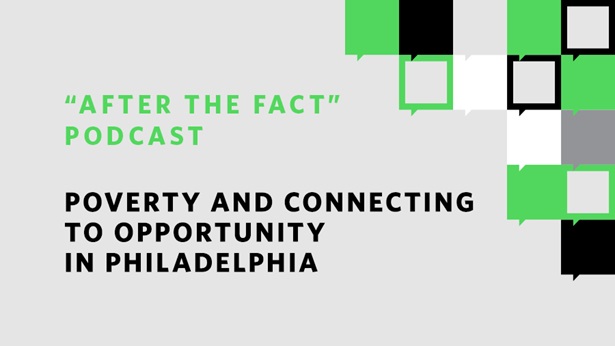
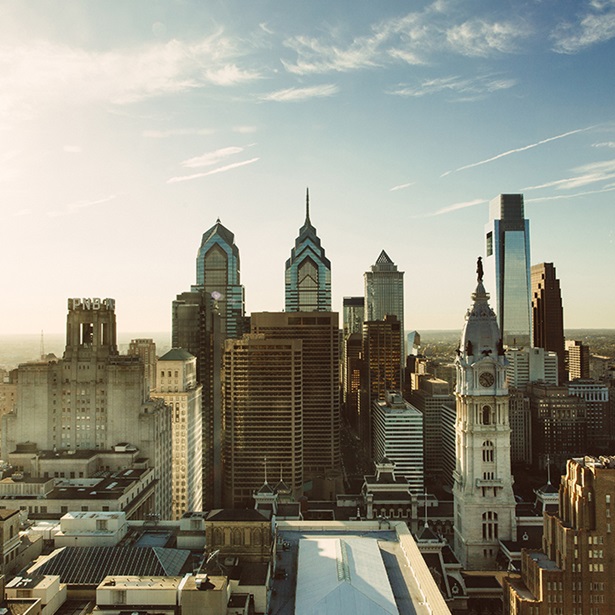
Poverty and Connecting to Opportunity in Philadelphia
Episode 17
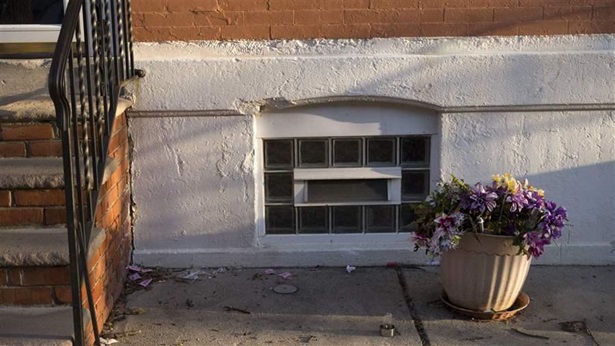

Poverty in Philadelphia
See all of The Pew Charitable Trusts' research on this topic.
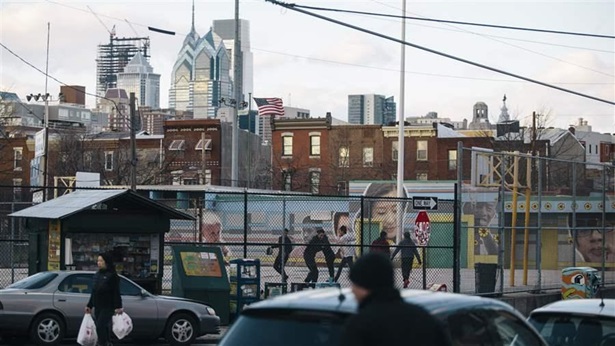
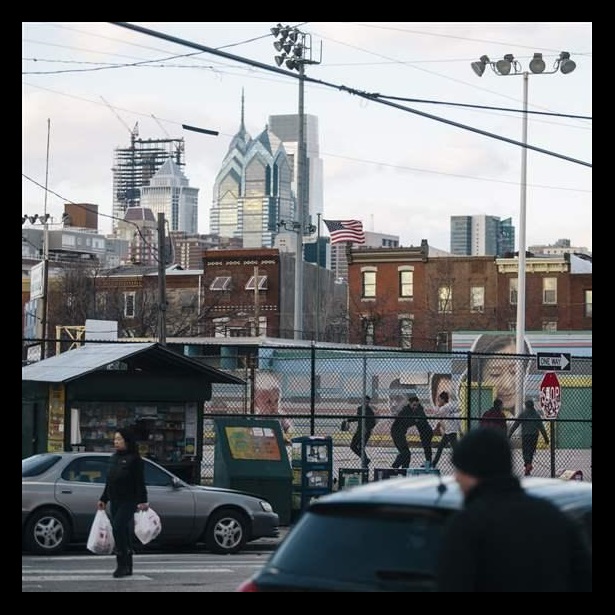
Philadelphia's Poor: Who they are, where they live, and how that's changed
Who they are, where they live, and how that has changed.
Learn More